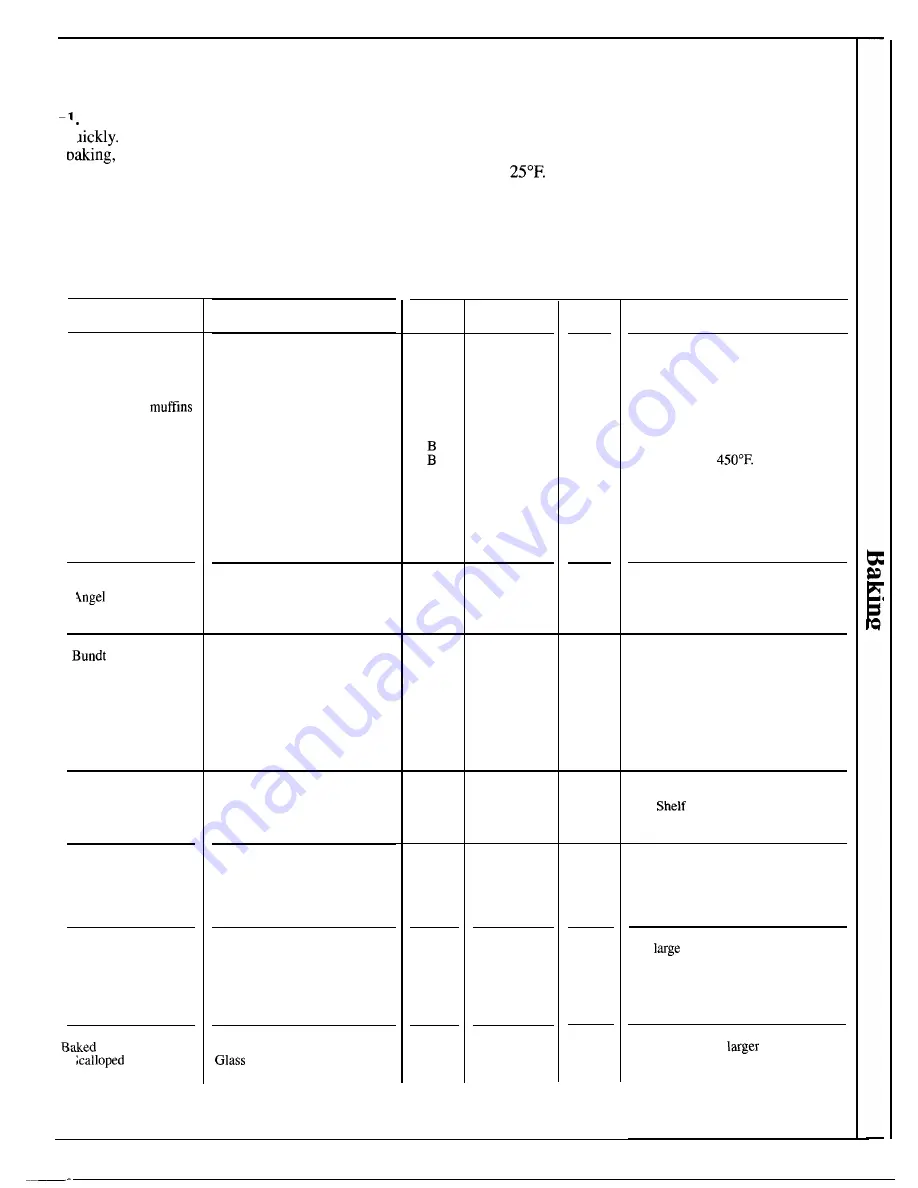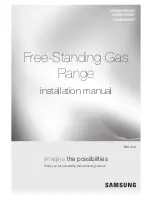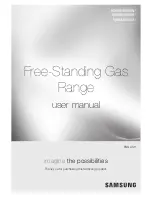
Baking Guide
Aluminum pans conduct heat
For most conventional
light, shiny finishes
generally give best results because
they help prevent overbrowning.
For best browning results, we
recommend dull bottom surfaces
for cake pans and pie plates.
2. Dark or non-shiny finishes and
glass cookware generally absorb
heat, which may result in dry, crisp
crusts. Reduce oven heat
if
lighter crusts are desired. Rapid
browning of some foods can be
achieved by preheating cast-iron
cookware.
3. Preheating the oven is not always
cook longer than 30 to 40 minutes.
For foods with short cooking times,
preheating gives best appearance
and crispness. Although preheating
is not necessary with meats, it is
preferred for baked goods.
4.
To prevent uneven heating and to
save energy, open the oven door as
little as possible in checking food.
necessary, especially for foods that
Cookware
Shiny Cookie Sheet
Shiny Metal Pan with
satin-finish bottom
Cast-iron or Glass Pan
Shiny Metal Pan with
satin-finish bottom
Shiny Metal Muffin Pans
Deep Glass or Cast-iron Cups
Shelf
Position
Time,
Minutes
15-20
20-30
20-40
45-55
20-30
45-60
45-60
45-60
10-25
20-30
30-55
10-15
45-60
Oven
Temperature
400°-4750
350°-4000
400°-4500
350°
400°-4250
375°
350°-3750
375°-4250
375°-4250
350°-3750
325°-375”
375°-4000
325°-3500
Food
Comments
Bread
Biscuits (X-in. thick)
B, C
B
B
B
B
B
B
B
Canned, refrigerated biscuits take 2 to
4 minutes less time.
Coffee cake
Corn bread or
Gingerbread
Preheat cast-iron pan for crisp crust.
Muffins
Popovers
Decrease about 5 minutes for muffin
mix, or bake at
for 25 minutes,
then at 350”F. for 10 to 15 minutes.
Quick loaf bread
Yeast bread (2 loaves)
Metal or Glass Loaf Pans
Metal or Glass Loaf Pans
Shiny Oblong or Muffin Pans
Shiny Oblong or Muffin Pans
Dark metal or glass give deepest
browning.
Plain rolls
Sweet rolls
For thin rolls, Shelf B maybe used.
For thin rolls, Shelf B maybe used.
Cakes
-
(without shortening)
food
Jelly roll
Sponge
Aluminum Tube Pan
Metal Jelly Roll Pan
Metal or Ceramic Pan
A
B
Two-piece pan is convenient.
Line pan with waxed paper.
Cakes
cakes
Cupcakes
Fruitcakes
Metal or Ceramic Pan
Shiny Metal Muffin Pans
Metal or Glass Loaf or Tube Pan
Shiny Metal Pan with
satin-finish bottom
Shiny Metal Pan with
satin-finish bottom
Metal or Glass Loaf Pans
A, B
A
B
B
B
B
B
325°-3500
350°-3750
275°-3000
350°-3750
350°-3750
350°
45-65
20-25
2-4 hrs.
20-35
25-30
40-60
Paper liners produce moister crusts.
Use 300°F. and Shelf B for small or
individual cakes.
If baking four layers, use shelves
B
and D.
Layer
Layer, chocolate
Loaf
Cookies
Brownies
Drop
Refrigerator
Rolled or sliced
Other Desserts
Baked apples
Custard
Metal or Glass Pans
Cookie Sheet
Cookie Sheet
Cookie Sheet
Glass or Metal Pans
Glass Custard Cups or Casserole
(set in pan of hot water)
Glass Custard Cups or Casserole
Foil Pan on Cookie Sheet
Spread to crust edges
Glass or Satin-finish Metal Pan
Glass or Satin-finish Metal Pan
Glass or Satin-finish Metal Pan
Set on Oven Shelf
or Metal Pan
Glass Pan
B, C
B, C
B, C
B, C
325°-3500
350°-4000
400°-4250
375°-4000
25-35
10-20
6-12
7-12
Bar cookies from mix use same time.
Use
C and increase temp. 25°F.
to 50”F. for more browning.
B, C
B
B
B, C
B
B
B
B, C
B, C
B
350°-4000
300°-3500
325°
400°-4250
325°-3500
400°-4250
400°-4250
450°
325°-4000
325°-3750
300°-3500
30-60
30-60
50-90
45-70
15-25
45-60
40-60
12-15
60-90
30-60
30-75
Reduce temp. to 300°F. for large
custard.
Cook bread or rice pudding with
custard base 80 to 90 minutes.
Puddings, rice
and custard
Pies
Frozen
Meringue
For
pies use 400”F. and more time.
To quickly brown meringue,
use 400”F. for 9 to 11 minutes.
Custard fillings require lower
temperature, longer time.
One crust
Two crust
Pastry shell
Miscellaneous
—
potatoes
dishes
Souffles
Increase time for
amount or
size.
15














































